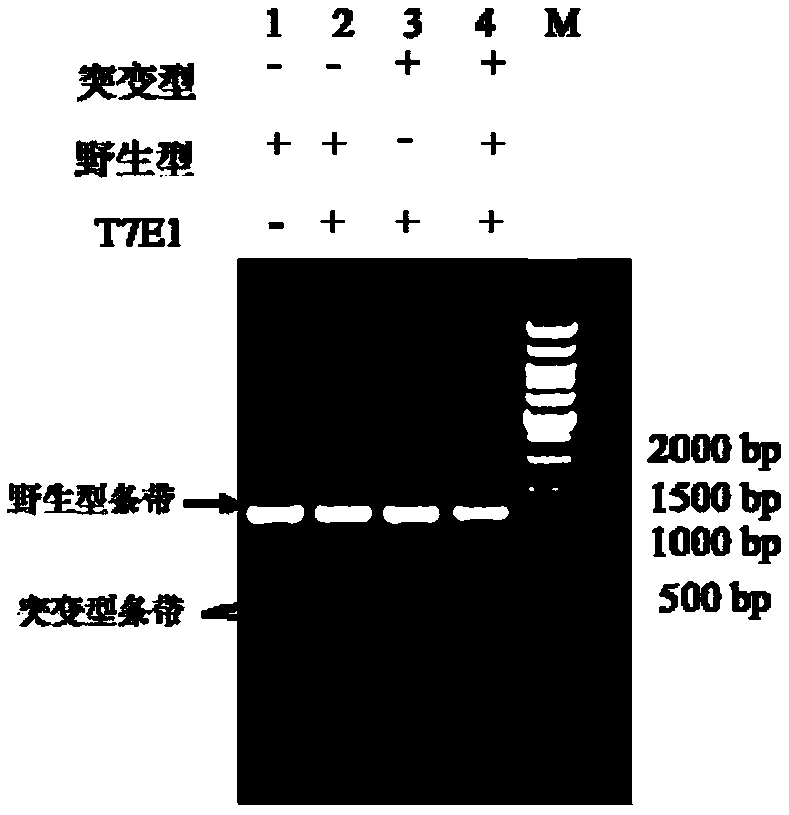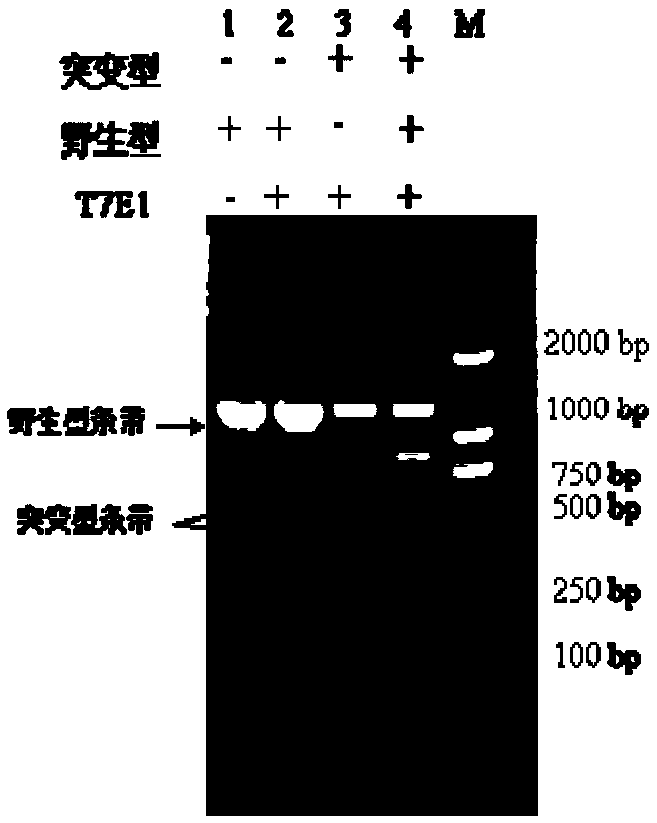Pseudorabies virus gene deleted strain, inactivated vaccine for porcine pseudorabies, and preparation method and application of inactivated vaccine
A technology of pseudorabies virus and porcine pseudorabies, which is applied in the field of bioengineering, can solve the problems of poor protection effect of mutant strains, and achieve the effects of reducing cost burden, long immunization cycle and good safety
- Summary
- Abstract
- Description
- Claims
- Application Information
AI Technical Summary
Problems solved by technology
Method used
Image
Examples
Embodiment 2
[0082] The preparation of embodiment 2 porcine pseudorabies inactivated vaccine
[0083] The preparation method of porcine pseudorabies inactivated vaccine comprises the following steps:
[0084] (1) Pig testicular cells are cultured in a bioreactor for suspension culture, the temperature of the suspension culture is controlled at 37°C, the DO is 50%, the stirring speed is 100r / min, and the pH is 7.2;
[0085] (2) When the cell density is 3*10 6 When inoculating the pseudorabies virus gE gene deletion strain constructed in Example 1, its virulence TCID 50 ≥10 8.75 / ml, the virus strain is diluted to a concentration of 0.1% by weight;
[0086](3) When more than 80%-90% of the above-mentioned pig testicular cells have lesions, harvest the cell culture, freeze and thaw repeatedly 3 times, and obtain the cell venom containing the supernatant; store the cell venom below -20°C , the retention period shall not exceed 30 days;
[0087] (4) Take the supernatant to measure the pois...
Embodiment 3
[0096] The preparation of embodiment 3 porcine pseudorabies inactivated vaccine
[0097] The preparation method of porcine pseudorabies inactivated vaccine comprises the following steps:
[0098] (1) Pig testicular cells are cultured in a bioreactor for suspension culture, the temperature of the suspension culture is controlled at 37°C, the DO is 50%, the stirring speed is 100r / min, and the pH is 7.2;
[0099] (2) The pseudorabies virus gE gene deletion strain constructed in Example 1, its virulence TCID 50 ≥10 8.75 / ml, the virus strain is diluted to a weight percent concentration of 0.1%, and the density obtained by inoculating to step (1) is 3*10 6 In the suspended porcine testicular cells, the temperature is 37°C, the DO is 50%, the stirring speed is 90r / min, and the pH is 7.2;
[0100] (3) When more than 80%-90% of the cells have cytopathic changes, harvest the cell culture, freeze and thaw repeatedly 3 times to obtain the cell venom containing the supernatant, and sto...
Embodiment 4
[0104] The preparation of embodiment 4 porcine pseudorabies inactivated vaccine
[0105] The preparation method of porcine pseudorabies inactivated vaccine comprises the following steps:
[0106] (1) Pig testicular cells are cultured in a bioreactor for suspension culture, the suspension culture control temperature is 35°C, DO is 40%, stirring speed is 80r / min, and pH is 7.2;
[0107] (2) The pseudorabies virus gE gene deletion strain constructed in Example 1, its virulence TCID 50 ≥10 8.75 / ml, the virus strain is diluted to a weight percent concentration of 0.1%, and the density obtained by inoculating to step (1) is 3*10 6 In the suspended porcine testicular cells, the temperature is 35°C, the DO is 40%, the stirring speed is 80r / min, and the pH is 7.2;
[0108] (3) When more than 80%-90% of the cells have cytopathic changes, harvest the cell culture, freeze and thaw repeatedly 3 times to obtain the cell venom containing the supernatant, and store the cell venom below -2...
PUM
| Property | Measurement | Unit |
|---|---|---|
| Poison price | aaaaa | aaaaa |
Abstract
Description
Claims
Application Information
 Login to View More
Login to View More - R&D
- Intellectual Property
- Life Sciences
- Materials
- Tech Scout
- Unparalleled Data Quality
- Higher Quality Content
- 60% Fewer Hallucinations
Browse by: Latest US Patents, China's latest patents, Technical Efficacy Thesaurus, Application Domain, Technology Topic, Popular Technical Reports.
© 2025 PatSnap. All rights reserved.Legal|Privacy policy|Modern Slavery Act Transparency Statement|Sitemap|About US| Contact US: help@patsnap.com



